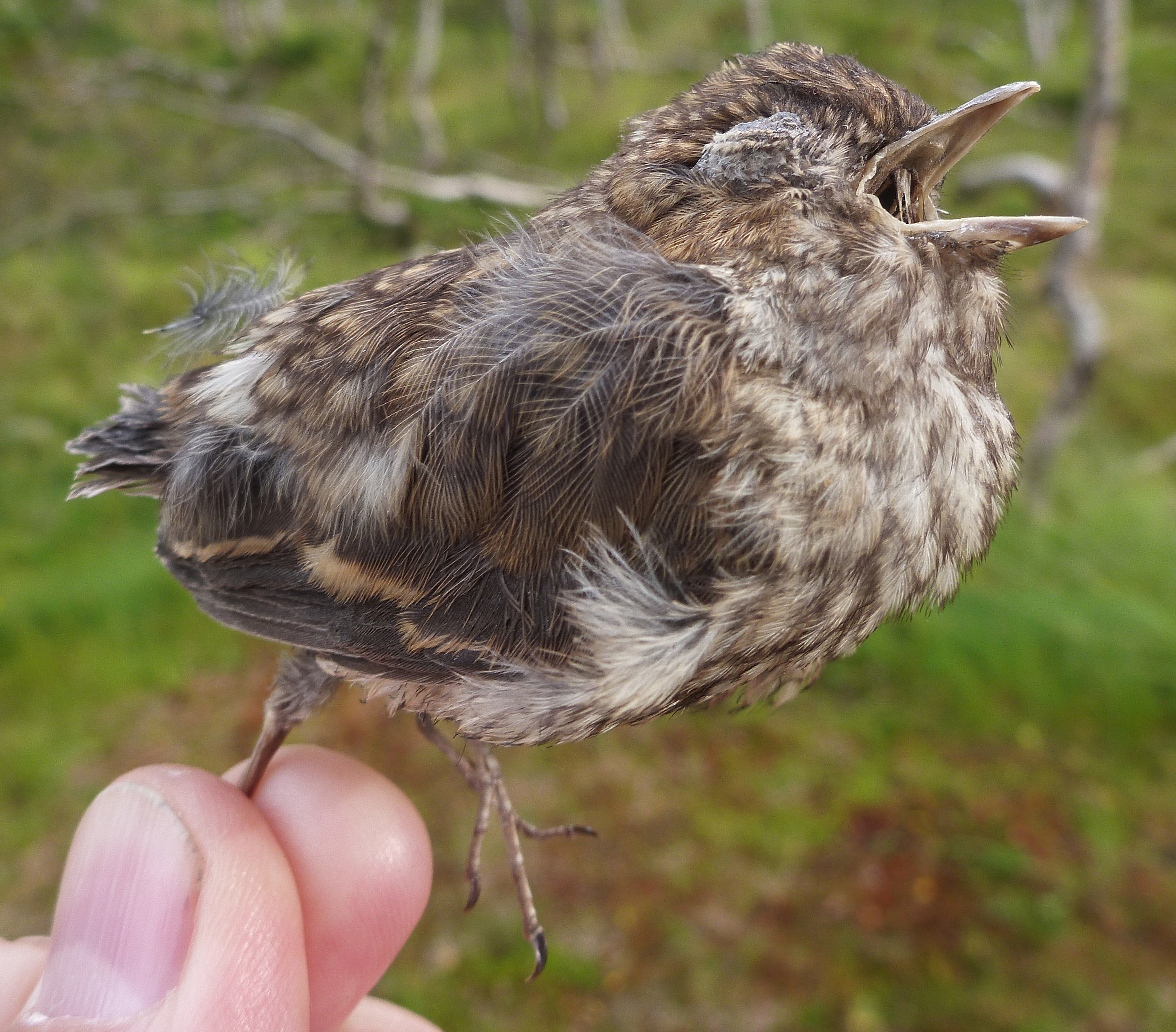Breeding biology and long-term population dynamics of the Pied Flycatcher Ficedula hypoleuca in Skibotn, Northern Norway
DOI:
https://doi.org/10.15845/on.v43i0.2977Keywords:
Key words: Pied Flycatcher, Northern Norway, breeding biology, population dynamics, long-term studyAbstract
Abstract. The breeding biology and population dynamics of the Pied Flycatcher Ficedula hypoleuca in pine, mixed and deciduous forests in Skibotn, Northern Norway (69°20’N, 20°20’E), was studied during 33 years (1987–2019; in total 1775 completed first clutches). It was a period during which summer temperatures remained relatively stable, but late spring (May) temperatures tended to become warmer. The number of breeding pairs declined over the study period but varied less than in populations living in more harsh subalpine environments. In spite of the northern location, females started to lay eggs in a relatively late phenological phase of the environment and in relatively warm weather. The date of birch leafing and the date of egg-laying advanced during the study period, and they correlated with each other. Mean clutch size was 6.4 eggs, and mean number of fledglings/nest 4.6. Date of egg-laying was earlier and clutch size larger in deciduous forests than in pine and mixed forests, but this did not translate into better fledgling productivity. The main causes of nesting failure were predation by small mustelids and starvation in warm and dry summers. However, in the long run the population seemed to be able to maintain itself without immigration, i.e., act as a source population. The possibility that during warm climate periods of the past, breeding biology and population dynamics of Pied Flycatchers over large geographical areas might have resembled those in Skibotn is discussed.
Cover photo: “Mummified” Pied Flycatcher nestling (age about 10 days) starved to death in Skibotn in the warm and dry summer of 1988. Photo: Antero Järvinen.

Downloads
Published
How to Cite
Issue
Section
License
Copyright (c) 2020 Antero Järvinen

This work is licensed under a Creative Commons Attribution 4.0 International License.
Articles published prior to September 2020 are subject to the following terms: https://boap.uib.no/index.php/ornis/copyright

